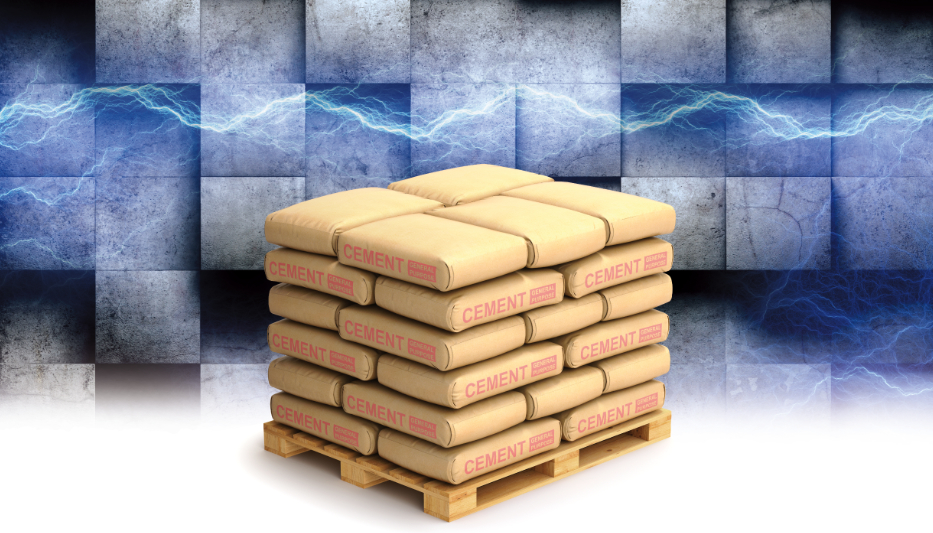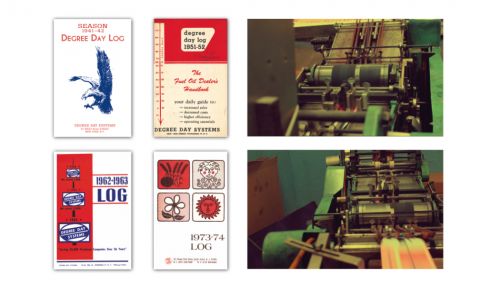All
Storing Renewable Energy in Cement
by Ed Burke and Kelly Burke, Dennis K. Burke Inc.

Future homes may have supercapacitor foundations
MIT engineers have created an energy-storing supercapacitor from three of the world’s most abundant materials: cement, water, and carbon black (which resembles fine charcoal). The device could provide cheap and scalable energy storage for renewable energy sources.
This is according to a team that works at MIT’s Concrete Sustainability Hub at Massachusetts Institute of Technology (MIT). They say their supercapacitor may form the basis for a novel, low-cost energy storage system, according to a new study.
MIT researchers report they have developed an energy storage system that could allow homes to store their own power without external batteries.
They say that their supercapacitor could eventually be incorporated into the concrete foundation of a house, where it could store a full day’s worth of energy while adding little (or nothing) to the cost of the foundation and still provide the needed structural strength.
It could essentially become a battery, plugging directly into solar panels during the day and storing electricity to power lights, appliances, and heating and cooling systems at night.
A Cement Superconductor
Cement mixes easily with water, but carbon black repels water. “When cement and carbon black are mixed together with water, the carbon black clumps, permeating the concrete as a network of interconnected branches,” explains Professor Admir Masic. “Those branches provide the pathways to store the energy within the concrete.
The material is then soaked in a standard electrolyte material, such as potassium chloride, a kind of salt. As the mixture sets and cures, he says, “the carbon black is self-assembling into a connected conductive wire.”
Two electrodes made of this material, separated by a thin space or an insulating layer, form a very powerful supercapacitor, Masic says.
The process is easily reproducible, with materials that are inexpensive and readily available anywhere in the world, Masic says.
“Supercapacitors made of this material have great potential to aid in the world’s transition to renewable energy,” said Franz-Josef Ulm, a professor of civil and environmental engineering at MIT. Supercapacitors can also be charged and discharged much more rapidly than batteries.
Obtaining critical components such as lithium, cobalt, and rare earth minerals poses significant challenges. So, to make energy storage with materials that are abundantly available is a big deal.
The supercapacitor, still years from commercialization, is part of the drive to improve storage systems considered critical to modernizing the power grid and do it with cheap, widely available materials.
The team calculated that a block of nanocarbon-black-doped concrete that is 45 cubic meters (or yards) in size — equivalent to a cube about 3.5 meters across — would have enough capacity to store about 10 kilowatt-hours of energy, which is considered the average daily electricity usage for a household. Since the concrete would retain its strength, a house with a foundation made of this material could store a day’s worth of energy produced by solar panels or windmills and allow it to be used whenever it’s needed.
After a series of tests used to determine the most effective ratios of cement, carbon black and water, the team demonstrated the process by making small supercapacitors, about the size of some button-cell batteries, about 1 centimeter across and 1 millimeter thick, that could each be charged to 1 volt, comparable to a 1-volt battery. They then connected three of these to demonstrate their ability to light up a 3-volt light-emitting diode (LED). Having proved the principle, they now plan to build a series of larger versions, starting with ones about the size of a typical 12-volt car battery, then working up to a 45-cubic-meter version to demonstrate its ability to store a house-worth of power.
The Tradeoff
There is a tradeoff between the storage capacity of the material and its structural strength, they found. By adding more carbon black, the resulting supercapacitor can store more energy, but the concrete is slightly weaker, and this could be useful for applications where the concrete is not playing a structural role or where the full strength-potential of concrete is not required. For applications such as a foundation, or structural elements of the base of a wind turbine, they found that the “sweet spot” is around 10 percent carbon black in the mix.
Initial uses of the technology might be for isolated homes, buildings or shelters far from grid power, which could be powered by solar panels attached to the cement supercapacitors, the researchers say.
Ulm says that the system is very scalable, as the energy-storage capacity is a direct function of the volume of the electrodes. “You can go from 1-millimeter-thick electrodes to 1-meter-thick electrodes, and by doing so basically you can scale the energy storage capacity from lighting an LED for a few seconds, to powering a whole house.”
“So, it’s really a multifunctional material,” he adds. Besides its ability to store energy in the form of supercapacitors, the same kind of concrete mixture can be used as a heating system, by simply applying electricity to the carbon-laced concrete.
Ulm sees this as “a new way of looking toward the future of concrete as part of the energy transition.” Prototypes for energy independent homes could be developed in three to five years, the researchers said.
Ed and Kelly Burke are respectively Chairman of the Board and Senior Marketing Manager at fuel distributor Dennis K. Burke Inc. They can be reached at 617-884-7800 or ed.burke@burkeoil.com and kelly.burke@burkeoil.com.
Related Posts
 100 Years of Helping Fuel Retailers Deliver!
100 Years of Helping Fuel Retailers Deliver!
Posted on August 18, 2025
 U.S. Competing to Secure Critical Minerals
U.S. Competing to Secure Critical Minerals
Posted on June 16, 2025
 The Clean Air Act, the EPA, and State Regulations
The Clean Air Act, the EPA, and State Regulations
Posted on May 14, 2025
 Day Tanks Support Back-up Generators in Extreme Conditions
Day Tanks Support Back-up Generators in Extreme Conditions
Posted on March 10, 2025
Enter your email to receive important news and article updates.
